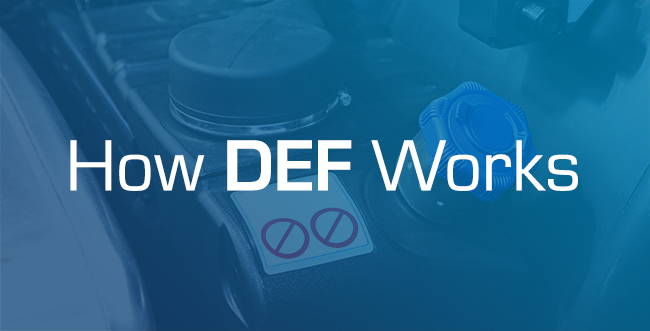How Geotab verifies your fuel data
Learn how Geotab’s GO devices monitor fuel data to help you optimize your fleet and track fuel use for better efficiency.

Aug 21, 2024

Fuel monitoring is a great way for fleet managers to find potential savings. Geotab’s GO devices are able to read a vehicle’s engine and fuel data to perform fuel use calculations.
Fuel data monitoring: How does it work?
When a Geotab GO vehicle tracking device tries to pull data — in this case, fuel data — from the engine, it does so by accessing a specific location on the vehicle’s computer. Standardization means that most vehicles will have the data required, but it won’t always be stored in the same location. When a Geotab GO device is plugged in, it will check possible sources for fuel data and begin verifying which is the correct measurement.
Verifying fuel data
There are three methods the GO device will use to verify that it is getting the correct information:
- Fuel economy
- Fuel confidence
- Active methods
Fuel economy
The Geotab GO device calculates a vehicle’s fuel economy while the vehicle is driving. If the device is getting data from something other than fuel use, the resulting calculation will be incorrect. A device might register near-zero fuel use over a long route or calculate that a massive amount of fuel was consumed over a short trip. When this happens, the device has knowledge that the calculations do not match expected vehicle behavior and can safely discard the data source.
See also: How to tackle rising fuel costs and increase fuel efficiency with telematics
Fuel confidence
The next step used to verify a fuel data source is calculating confidence. This is done through a second-by-second breakdown while comparing how fuel use normally behaves with the help of the following questions:
- Is fuel use increasing during acceleration?
- Is the rate constant when the vehicle is cruising?
- Does the rate change when the vehicle is stopped?
The Geotab GO will compare how the data changes in response to engine activity to calculate fuel confidence. If a data source doesn’t get a passing grade, it’s discarded.
Active methods
Fuel economy and fuel confidence are great ways to eliminate bad fuel data, but both methods work best near the end of a trip. Active monitoring is what allows a GO device to validate fuel data mid-trip or earlier. Essentially, the device will notice and discard outliers early on to make the other calculations easier. The device will also filter data sources that don’t match up with the type of fuel used by the vehicle (gas, diesel, etc.)
Compatibility means reliability
Geotab is proud to be compatible with a wide range of vehicles. Part of this compatibility is making sure the device can effectively work with the different ways manufacturers store engine data. Geotab’s telematics device is able to sift through possible measurements and only return the most accurate and confident results to our customers. This in turn, lets those customers make the best decisions for their fleet.
Looking for fleet tips and insights? Subscribe to the Geotab Blog to receive our monthly newsletter.
Related:
Two Essential MyGeotab Reports for Cutting Fuel Costs
The Diesel Decline and What it Means for Fleet Managers
Subscribe to get industry tips and insights

Ian Grzegorczyk is an Embedded Systems Developer for Geotab.
Table of Contents
Subscribe to get industry tips and insights
Related posts
.jpg)
Go beyond reactive truck maintenance with predictive solutions that drive profits
December 8, 2025
3 minute read

Protecting Our Most Precious Cargo: How Telematics is Powering a Safer Ride to School
October 23, 2025
2 minute read

The top five benefits of intelligent police fleet maintenance
August 21, 2025
5 minute read

What is fleet lifecycle management? Guide to extend your vehicle’s life
July 29, 2025
5 minute read

What is DEF? How diesel exhaust fluid works and why it's essential for fleets
July 16, 2025
5 minute read

9 strategies to increase fleet fuel efficiency and lower fuel costs
July 8, 2025
4 minute read